ortho-Phosphoric acid 85%

| Catalogue Number | 100573 |
| Synonyms | o-Phosphoric acid, Orthophosphoric acid |
| Product Information | |
|---|---|
| CAS number | 7664-38-2 |
| Grade | ACS,ISO,Reag. Ph Eur |
| HS Code | 2809 20 00 |
| Quality Level | MQ300 |
| Safety Information | |
|---|---|
| Categories of danger | corrosive |
| Storage and Shipping Information | |
|---|---|
| Storage | NoTempLimit |